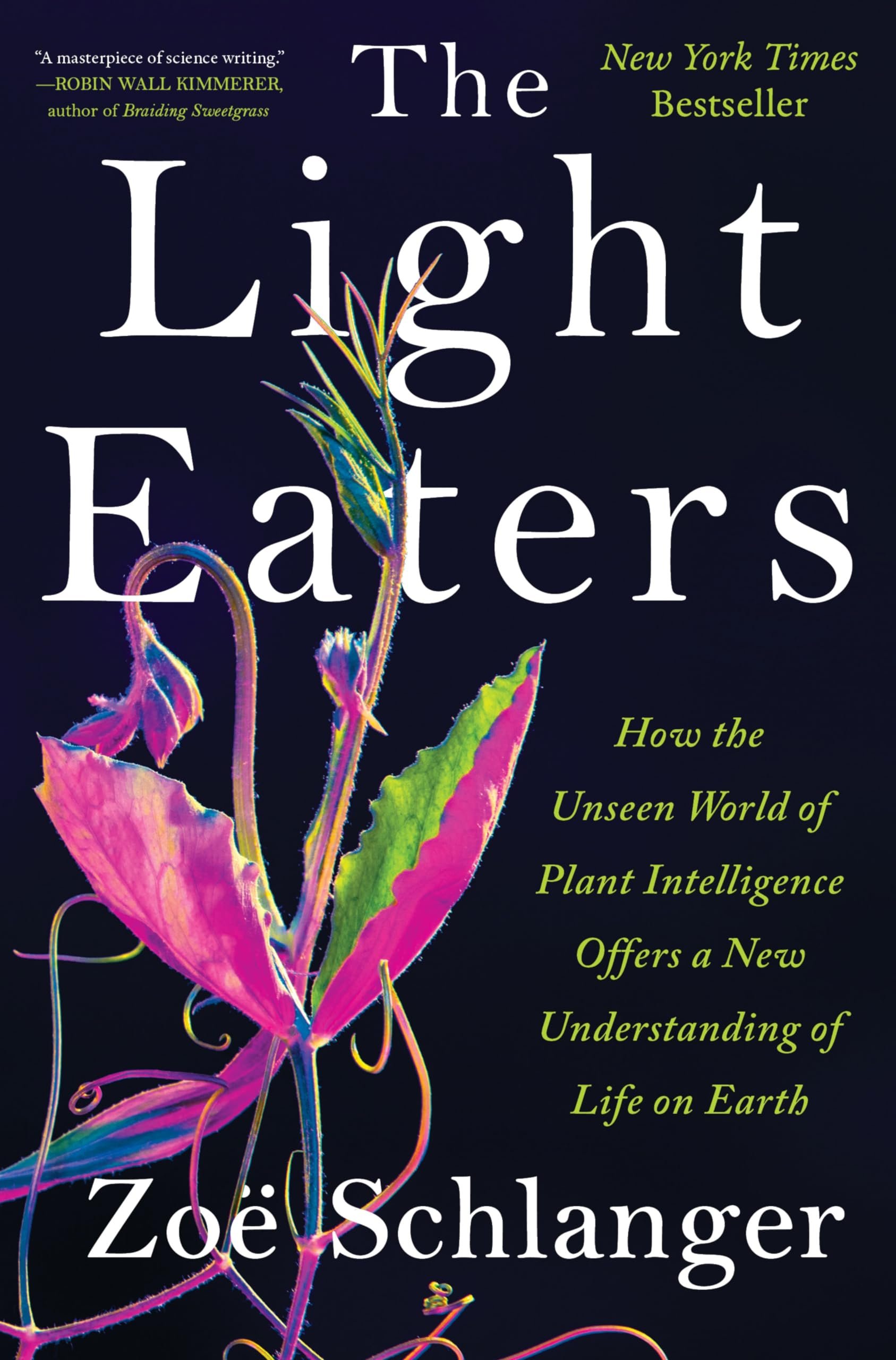
My 2025 Reads
Over the years I have acquired a taste for buying books and not reading them, but last year I set the goal to conquer my psycho-ed shelf sitters. This was part of goals to finish 24 books in 2024 and not spend money on new books. I felt inspired to share my reviews via my website for clients, potential clients, and fellow therapists. Providing reviews holds me accountable but also pushes me to write more in hopes that I’ll publish something one day. I was going strong until I hit an information burnout wall over the Summer. However, I re-discovered that the library exists (what a concept), and plunged into more fiction for the rest of the year. I ended the year with 36 books and audiobooks of all kinds finished.
My love for reading era has blossomed, and I want to continue sharing with clients and peers. This year I increased my target number to 35 physical books, hoping to finish the psycho-ed shelf sitters. I plan to continue with my non-fiction reviews, but giving them not just on books that relate to therapy, counseling, and health. If there is an educational book that improves my world and could do the same for others, you will find it here!
The Light Eaters
“Agency is an organism’s capacity to assess the conditions it finds itself in, and change itself to suit them.” (p. 238).
This book had me at “Who doesn’t feel both drawn to and repulsed by the unknown?” (p. 4) in the prologue. I am a budding plant enthusiast and find pleasure in learning outside of my career, especially if it relates to what already brings me joy. Reading this bestseller was enticing and fun. Although I did not soak up every scientific detail in each chapter (there is a lot!), this book truly captures how resilient and complex the plant world is. There has been great debate on the biological intelligence of plants for decades. Schlanger’s work has taught me that my understanding of the botany world goes far beyond what I expect. Chapters include arguments for plants “communicating” via chemicals, having capacity for memory, keeping score of traumas, interacting as communities, and utilizing the animal world to sustain life and thrive. This book also tapped into my understanding of adaptable life in general. Schlanger claims how all life intelligence (human or not) can be measured by approaches taken, not necessarily success. She states “who we are shows itself not just in the outcomes of our goals but in the paths we take to get there” (p. 258), an idea I often bring up when working with clients. This book has definitely introduced me to new metaphors for our capacity to change. If you are curious, please click the image for a link to the author’s website.
White Women
“Don’t do nothing out of the fear of doing it imperfectly.” (p. 14)
“[B]eing racist doesn’t automatically mean you are ‘bad.’ It’s the result of being a white American in this country. This is a critical step of the work. If you’re stuck on feeling bad, you’re stuck on centering your feelings” (p. 145)
First I will share what this book is about, then I will speak on my personal experience reading it. Authors Regina Jackson and Saira Rao are women of color who started Race2Dinner, an organization that facilitates conversations between white women about white supremacy and racism. This book shares examples from some of these dinners, personal experiences of BIPOC women, and how not knowing perpetuates racism. Specifically, they talk about white silence, spiritual bypassing, gaslighting, toxic positivity, cultural appropriation, white allies, and white saviors. That names just a few of the deep subjects. There is also a dictionary in the back, and “Questions for Discussion and Self-Accountability.”
As a therapist and claimed advocate in this country, it remains important for me to stay educated on my implicit biases as a white woman. My journey with understanding my white privilege and my prejudices began in my graduate coursework at age 26. I feel some shame in admitting how long it took, but I am here now. We must be open to being uncomfortable, knowing what to do with those feelings, and expanding who we talk to about those feelings. I can still recoil from the idea of speaking up, and am still unsure how to address these uncomfortable feelings in a way that promotes change. Reading this book brought up defensiveness in me, because the authors lump all white women together. I am not like all white women, but it doesn’t matter. Feeling the need to state that I am not like a lot of the women they describe is part of the problem. I have to be uncomfortable with how I have similarities with white women perpetuating white supremacy in this country. I also learned for the first time about “performative action.” There is a difference between being in the fight and just calling yourself an ally. I have fallen into this belief that saying I am an ally is enough. “To help is to be ancillary, to be outside the problem” (p. 141). This book has planted a seed for how I can be more in the fight, rather than just reading another book and stating that I’m an ally. If you are curious, please click the image for a link to the authors’ website.
Easy Ego States Interventions
“Ego states are bundles of neural connections that hold consistent patterns of information, affect, attention, behavior, and sometimes identity, which belong to specific developmental ages or situations” (p. 14)
This read has been in progress (distracted by all my fiction reading) and is not necessarily a “cover to cover” choice anyways. You might pick and choose what you need at a given time, or you might want to read most of it to be prepared for helping clients work on their parts (“internal templates”). My overall review will claim two things: one, this is for clinicians, not clients; and two, this might not be for a clinician’s first dive into learning ego states work. Shapiro gives a brief intro on what ego states are, what different types of states there are (ex: resourced vs. dysfunctional, dissociative, etc), and how all of this relates to a traumatized nervous system. However, as someone who has done a two day ego states training, I still find this text dry and hard to follow. She does provide both foundational and specific interventions for working with ego states, and case examples to go along with some. The goal is often to use resourced, more adult parts to help bring a younger part to a time oriented place. Keep in mind that ego states foundations and IFS foundations are different. I have recently been tapping into this book weekly as a touch up review and for fresh ideas for my more complex cases.
MaMa
“With my family, I am no longer lost. I am found” (p. 225)
I discovered Nikkya Hargrove’s memoir after reading her Psychology Today article (link below if you subscribe). I feel passion to learn about others’ experiences unlike my own, and Hargrove drew me in with her story of being in marginalized groups and persevering. The quote I chose to represent this book is actually the last line of the entire book, and gave me the chills. The entire Epilogue is such a beautifully relieving summary of where she and her family are today. You can understand the power of this last line if you read through Hargrove’s painful but resilient experience growing up with a nontraditional family and adversities left and right. I felt anger, sadness, and deep empathy while learning about the traumas in her story, as well as those around her. I was reminded that people (myself included sometimes!) often think we have come a long way from more hateful and oppressive time, but racism and LGBTQ+ hate still run rampant in this country. My jaw dropped when I was reminded in later chapters how gay marriage was only just made federally legal in 2015. My shock is representative of my privilege.
One of my favorite lines in the book is actually from Hargrove’s father-in-law: “Love has no barriers, and it can break all traditions. It is not easy to break traditions, and it requires courage to do so” (p. 203). I will never understand what it is like to break traditions like Nikkya Hargrove and her family have, but I am genuinely honored to know her story.
Sally Winston’s work has been on my TBR list for a long time, and I am reading this alongside doing more OCD related trainings to fine tune my skills in working with obsessive compulsive symptoms. I am also reading so I can know why I’m recommending a book to a client, not just because it was suggested by others. The first half explains the research and science behind what intrusive thoughts are, and the second half outlines cognitive behavioral and exposure based techniques for how to manage differently. I appreciate her definition and use of “Wise Mind” throughout each section, and the examples she gives for practicing different strategies.
Winston consistently defines what unwanted intrusive thoughts are compared to less disturbing intrusive thoughts. What makes them so distressing is that they go against who you truly are and what you value! She builds up the importance for asking the questions “How do I deal with them?” and “What do I do?” in response to unwanted intrusive thoughts instead of “Why are they there?” Trying to understand where they come from and resist their existence only adds to the cyclical nature of stress and discomfort. This seems like a simple solution, and I recommend that you have a therapist to work with while reading this book. It is beneficial to have a professional to practice the techniques with and ask clarifying questions to.
Her overall themes are: reviewing how thoughts affect feelings and therefore have the capacity to trigger our brain’s alarm system; explaining how to slow down to better observe the flow of thoughts; gaining a more accepting relationship with the mind that wants to “over control.” This book feels easy for non-therapist readers to grab onto, especially with how she explains the fear responses in the brain and how they translate to unwanted intrusive thoughts.
Overcoming Unwanted intrusive thoughts
Defy
“We are wired for compliance and torn between two conflicting values…obeying authority and not harming other people” (p. 18)
This read came from another psychology today article (link below if you subscribe) that piqued my book curiosity. Dr. Sunita Sah is a physician and researcher who uses famous studies and cases from history, along with her own research and personal experience to explain what compliance and defiance truly are. Of course she references the iconic Milgram Shock experiments, which was refreshing to be reminded of after years of learning in all my psychology courses. She also references The Challenger crew of 1986, the officers in the George Floyd case, and many others. We are hard wired to comply because it releases dopamine in our brains, and the act of defiance instead creates tension. However, there is a cost to compliance! Dr. Sah explains how the act of compliance goes against our values, while defiance is actually an act of living in accordance with our values. We comply because we have a biological need to belong, but we also have a need to pursue independence.
This book is packed with rich information. I was reminded of the five components that make up consent, and therefore allow someone to give “A True Yes.” I also learned why consent and compliance are different, and that consent and defiance are actually more similar than we realize. Defiance is not a set identity or affiliated with one political party or system. It is based on values, and moral convictions are not the same as values! False defiance is not a “True No” because it is usually based on moral convictions, not values. There is also such thing as conscious compliance, where we might choose to wait for the right moment to defy. Dr. Sah illustrates in later chapters how consent is automatically assumed with groups who have less power, which perpetuates systemic inequalities. She also spends time in the second half talking about how to identify core values in order to do all of this work!
This was another read that I picked up thinking I would learn about one thing, and truly I learned about the many layers involved. I highly recommend for clinicians wanting to help their clients understand the science behind permeable boundaries, and for any people pleasers wanting to understand more of what goes into their behaviors!
Thicker than water
“I was somehow, in the mind of my child self, both not as important as these people and yet wholly responsible for maintaining their goodness” (p. 87)
This memoir caught my eye in the library display for Women’s History Month. I have enjoyed Kerry Washington in TV shows and was curious about her story since she doesn’t look like me. If you can’t tell from the quote I chose, Washington has struggled long term with perfectionism and wanting to stay invisible. Her accounts show how her role as an actor fit perfectly with her maladaptive belief patterns learned from childhood. I recently learned in a training that dissociation is common with actors, and it seems like Washington strongly relied on dissociation as a tool to survive. She even says “I was pushing up against the boundaries of what was expected of me, searching for a deeper sense of where the performance ended and the real me began” (p. 117). Throughout her memoir, Washington shares her transformation from questioning everything to finding acting to moving closer to herself.
What stood out to me most is how Kerry Washington is a brilliant actress, and it is the most human parts of her that played a role in getting her to where she is today. She is transparent about traumas she’s endured, and how acting both hindered and assisted her in her search for belonging and knowing herself. She ends the final pages with “Blood may be thicker than water, but love is thicker than blood” (p. 287). I would recommend this for those struggling with perfectionism, marginalized identities, and/or conflicting parental relationships.
Becoming
“Failure is a feeling long before it becomes an actual result” (p. 43)
“Grief and resilience live together”
“For me, becoming isn’t about arriving somewhere or achieving a certain aim. I see it instead as forward motion, a means of evolving, a way to reach continuously toward a better self” (p. 419)
I know I am late to the game with this one (published 2018), but I made it. This reading choice was to learn about an experience other than my own, to learn more about incredible women, and to get a peek into recent life in the White House. From the very beginning, Michelle Obama’s story unfolds as this combination of patience and rigor, qualities she mentions as crucial for this process of becoming herself. Following the early days of love and union with Barack Obama was sweet, and learning how they navigated major political and family transitions was intriguing. I admired her vulnerability in sharing the difficulties of being a Mom and First Lady. There were several moments throughout her narrative where she had to learn to put her own wellness first, which I highlight often for my clients and especially my Moms!
She wrapped up with a beautiful message in the epilogue around moving forward, still owning our voices, and having grace in being willing to hear others who are different from us.
Sacred Rest
“The purpose of rest is to give you opportunities to taste the life you’ve created” (p. 117)
This was recommended by my friend and colleague Christina Tseng. As therapists, we need to stay mindful of renewing and replenishing practices due to the nature of our emotional and mental work. Life can be so wonderfully full, but “running” only aids you if it is in the direction of your goals (p. 36). The way the author breaks down the 7 different types of rest and her acronym (REST) for gauging what you need allows one to truly assess what goals to pursue. It is about greater awareness/evaluation, knowing the science of your body, and following through with the ideas presented. She also discusses how even though different types of rest are essential for our health, our nervous systems are more interested in surviving via action oriented tasks. This is so hard to combat! “More is only better if you already have a system for releasing the overflow” and “What you lay down on purpose today gains potential power for the future” are excellent reminders that we can’t do it all efficiently without pausing (p. 119).
Personally I wasn’t as interested in the second half of the book other than the chapter on boundaries. Dalton-Smith discusses how boundaries around rest happen when you understand why you are saying yes to things which I consider important for any boundary practice (p. 127). In this second half she also talks about the gifts of acceptance, cessation, productivity, faith, etc. I subscribe to all of these concepts but since this is a Christian book she wove many scripture references throughout. This section was heavier with those and did not appeal to me as much. However, I would still recommend the book to anyone wanting to learn more about their nervous system’s need for rest! If you identify as Christian, then you will truly appreciate the references.









